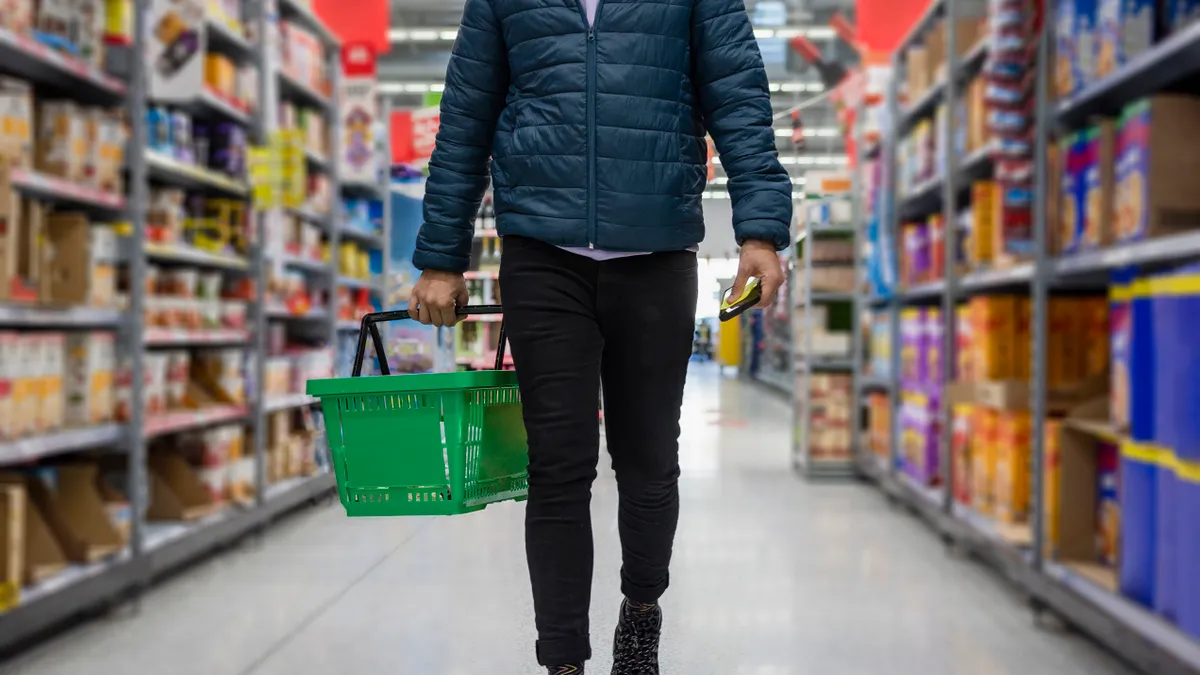Dive Brief:
- Sixty-nine percent of consumers plan to cut back on nonessential spending over the next six months, according to a new PwC survey of 9,180 consumers. Fifteen percent of respondents said they’re going to halt nonessential buys altogether.
- Twenty-six percent of respondents said they aim to spend the same amount on luxury and designer goods, and 21% said they plan to purchase more luxury goods over the next six months.
- The share of consumers who plan to increase online spending during the next six months dropped from 50% in the last survey to 43% in its recent survey.
Dive Insight:
Inflation is influencing consumers’ shopping habits, according to PwC.
Most people indicate they are cutting back on nonessential spending, and half of consumers surveyed said they are “extremely or very concerned” about their personal financial situation, per the report.
Additionally, 11% of online buyers say they’re switching to in-store shopping, in part to save money from last-mile delivery costs. Customers are also changing brands, spending more on alternative products, waiting for out-of-stocks to be available and going without regularly purchased items.
There is an exception, though, when it comes to luxury shoppers. PwC’s findings align with other research suggesting that high-end buyers are fairly insulated from inflation and other financial difficulties. A Bain & Co. report in November found that nearly all luxury brands in Europe and the U.S. saw positive growth in 2022, with the luxury market projected to reach roughly $1.45 trillion by the end of that year.
While PwC’s survey of international consumers shows a cutback on nonessential spending, a recent report from the U.S. Department of Commerce shows a bump in retail sales in January. In the categories that Retail Dive tracks, sales rose 4.7% year-over-year, with recovery in most categories.
The sporting goods, and apparel and accessories categories saw the most significant rise at around 7%, followed by non-store sales (6%), furniture and home (4%) and general merchandise (3%). By contrast, electronics and appliances saw a 6% drop.
Meanwhile, the perception of inflation rates may be higher than its actuality. A Dunnhumby Consumer Trends Tracker this week found that U.S. shoppers thought food-at-home inflation was 24.3% in October and November, but it was about half that at 12%. Consumers also thought grocery retailers had an average net profit margin of 35.2% when the actual figure is 2.5%, according to Dunnhumby.
Though inflation in January remained elevated at 6.4%, that was “the smallest 12-month increase since the period ending October 2021,” according to the Consumer Price Index report Tuesday from the U.S. Bureau of Labor Statistics.














